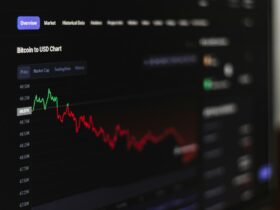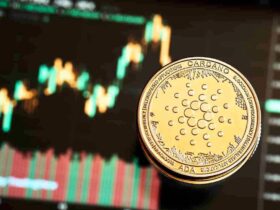Fidelity Investments is one of the largest asset managers in the world, with $4.5 trillion in assets under management. Recently, Jurrien Timmer, Fidelity’s Director of Global Macro, published a risk-reward analysis on different assets, including Bitcoin (BTC).
According to Timmer, Bitcoin’s risk-reward is “in a different universe”, as reported by Bitcoin Magazine on X (Twitter).
Essentially, financial institutions analyze risk and reward on financial assets crossing annualized volatility to annualized return. Annualized return is the average amount an investment generates each year over a given period. Higher annual returns imply better long-term profitability.
On the other hand, annualized volatility measures the price fluctuations of an asset over a year. It acts as a proxy for investment risk. High volatility signifies larger price swings and hence more potential for loss or gain.
Moreover, analysts often evaluate volatility using standard deviations. A more significant deviation shows higher volatility and vice versa.
What is the annualized risk-reward for Bitcoin vs. other assets?
Notably, Bitcoin’s risk-reward is set at around a 60% annualized return over a 69 standard deviation for the annualized volatility. This is indeed a result of “a different universe,” as stated by Jurrien Timmer.
Particularly, Fidelity’s chart analyses results from 2020 to October 29, 2023, from multiple financial assets in two axes:
- The X-axis (horizontal) represents the risk, illustrated by the annualized volatility through the standard deviation in the period.
- The Y-axis (vertical) represents the reward, measured by the annualized return of each given asset.

Interestingly, the second best-performing asset is the SPX on the stock market, with a return going from 16-26% and a risk between 18 to 24 standard deviations. China has had the second-higher risk with an annualized volatility between 25 to 28 while accruing negative returns in the 3-year period.
















Leave a Reply